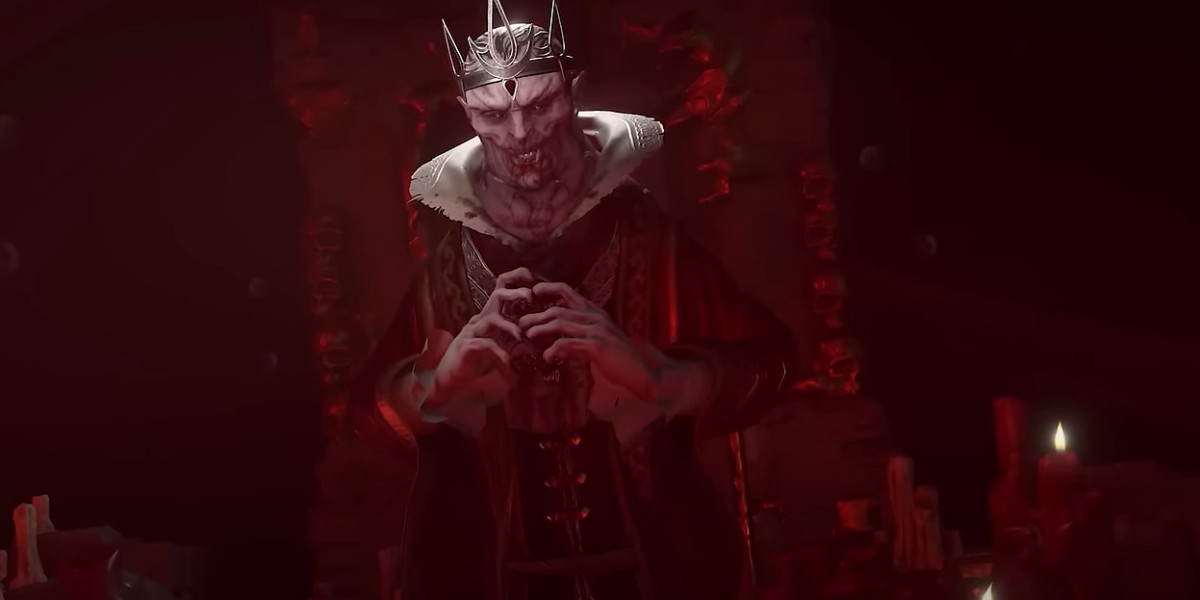Horror cinema has undergone a fascinating evolution since its inception, reflecting cultural anxieties and pushing the boundaries of what scares us. From the eerie silent films of the early 20th century to the psychologically complex thrillers of today, the genre continues to captivate and terrify audiences.
Classic Horror (1920s-1960s)
1. Silent Era: The origins of horror cinema can be traced back to silent films like *Nosferatu* (1922) and *The Cabinet of Dr. Caligari* (1920). These films relied heavily on visual storytelling and atmospheric settings to evoke fear.
2. Universal Monsters: The 1930s and 1940s saw the rise of iconic monsters like Dracula, Frankenstein, and The Mummy, produced by Universal Studios. These films established many of the tropes and archetypes still prevalent in horror today.
3. Psychological Thrillers: Alfred Hitchcock’s *Psycho* (1960) marked a shift towards psychological horror, focusing on the human mind’s darker aspects rather than supernatural elements.
The Golden Age of Horror (1970s-1980s)
1. Slasher Films: The 1970s and 1980s brought a wave of slasher films, starting with John Carpenter’s *Halloween* (1978). These films introduced a new kind of antagonist: the relentless, masked killer.
2. Body Horror: Directors like David Cronenberg explored the grotesque potential of the human body with films such as *The Fly* (1986) and *Videodrome* (1983), blending science fiction with visceral horror.
3. Supernatural Horror: Movies like *The Exorcist* (1973) and *Poltergeist* (1982) focused on demonic possession and hauntings, terrifying audiences with their depiction of the unknown.
Contemporary Horror (1990s-Present)
1. Meta-Horror: Wes Craven’s *Scream* (1996) revitalized the genre by self-referentially playing with horror tropes, creating a new sub-genre that was both scary and smart.
2. Psychological Depth: Modern horror films like *The Babadook* (2014) and *Hereditary* (2018) emphasize psychological horror and complex character development, exploring themes of grief, trauma, and mental illness.
3. Cultural Horror: Recent years have seen a rise in horror films that explore cultural and social issues. Jordan Peele’s *Get Out* (2017) and *Us* (2019) use horror to critique racism and identity, blending terror with thought-provoking commentary.
Trends Shaping the Future of Horror
- Technology and Horror: Films like *Unfriended* (2014) and *Host* (2020) utilize digital platforms and the internet as sources of fear, reflecting our growing dependence on technology.
- Folk Horror: Movies such as *Midsommar* (2019) and *The Witch* (2015) draw on folklore and rural settings to create a sense of isolation and ancient dread.
- Revival and Remakes: Classic horror films are being reimagined for new audiences, blending nostalgia with modern filmmaking techniques.
Horror cinema continues to evolve, challenging viewers with new fears and innovative storytelling. Whether it’s through the psychological depths of a character or the chilling atmosphere of a haunted house, horror remains a powerful and enduring genre.


